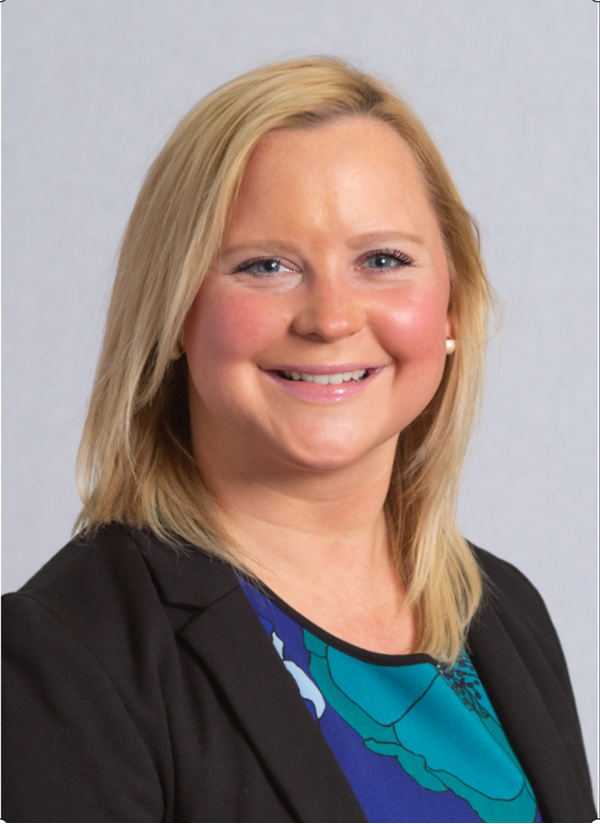National Public Health Week Spotlight Series: Melanie Gibboney, Fatality Review Coordinator

In recognition of National Public Health Week, Research!America is spotlighting public health professionals who work at the national and local levels to address the most pressing issues that affect communities nationwide.
Below, Melanie Gibboney, MPH, Fatality Review Coordinator for the Hamilton County Public Health Department (HCPH) in Ohio, discusses the importance of data collection, building and maintaining partnerships, and what she hopes for harm reduction efforts in the future. (Interview has been edited for clarity.)
What factors inform your work? Community health assessments, public surveys?
My expertise is overdose prevention. I oversee, coordinate, and facilitate the Overdose Fatality Review Committee and Suicide Fatality Review Committee for the county. I base my work on community needs, data, and statistics. We look at the drug trends and the constantly changing atmosphere in overdoses as well as suicide fatalities. We stay up to date on all the trends that are happening day-to-day with the help of the Harm Reduction Team and HCPH’s Epidemiology Team.
In what ways do you build partnerships and work with community stakeholders?
The community connection is key! We really need to listen to the public to understand how to proceed with some of the projects that we want to work on. Because of COVID, overdose fatality reviews and major projects were kind of put on hold, so we started somewhat from scratch as we wanted to revamp a lot of the work we do on the harm reduction team. That also meant we had to build more partnerships or rebuild partnerships with community stakeholders.
We focused on reconnecting — trying to rebuild the partnerships with consistency and follow up. Whether it’s meeting people, meeting organizations where they’re at, coming to our office, or having a quick phone call to discuss the projects that we’re all working on, collaboration is essential to make the work that we both do mutually beneficial.
Environmental health is increasingly becoming a major concern among Americans. Did your health department have a response role in the East Palestine train derailment?
Because we were pretty detached from the actual event and it was pretty far from our jurisdiction, it didn’t affect us all that much. It made us more aware, though, and it did give us more insight as to what would happen if an emergency were to arise. We also revisited our emergency preparedness plan as a whole and sent it out to all staff again as a reminder.
What changes in public health do you hope to see in the future?
From a harm reduction perspective, I think the narrative is definitely changing and society is beginning to understand that addiction, substance use disorder, mental health issues — they’re definitely more of a disease. From a public health perspective, the change in narrative and understanding can only help and enhance the work that I do and the work that our organization does. I would really hope that we continue on this path of open mindedness of really reducing the stigma around harm reduction efforts and overdose prevention and suicide prevention. And that we continue to meet people where they’re at and help those in need, regardless of their background and status. I do think we’re on an uphill trend of a more positive environment around public health and harm reduction. So, I’m very hopeful!
How is your health department celebrating National Public Health Week?
We’re highlighting some of our staff on our social media platforms. They’ll talk about how they center and celebrate the culture of public health through their work in public health. You can find Hamilton County Public Health at @HamCoHealth on Facebook, Twitter, and Instagram!
Bio: Melanie Gibboney has bachelor’s degree in Dietetics from the University of Dayton in Ohio and a Master’s Degree in Public Health from DePaul University in Chicago. She spent six years in the Washington D.C. area at the National Association of County and City Health Officials where she worked on an array of issues, including tobacco prevention, maternal child health, injury and prevention, and overdose prevention. In 2021, she moved back to Cincinnati and joined the Hamilton County Public Health Department as their Fatality Review Coordinator.




